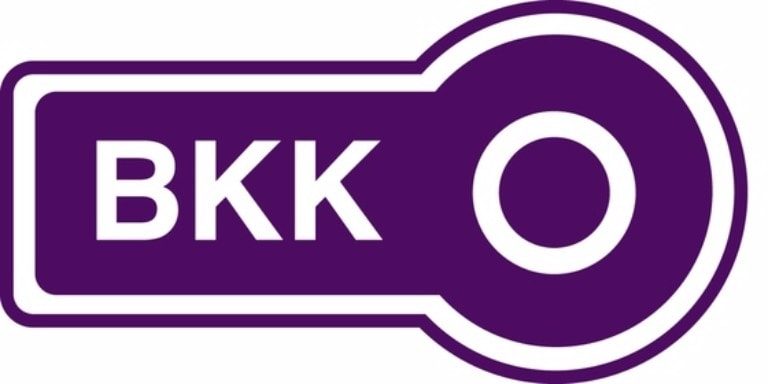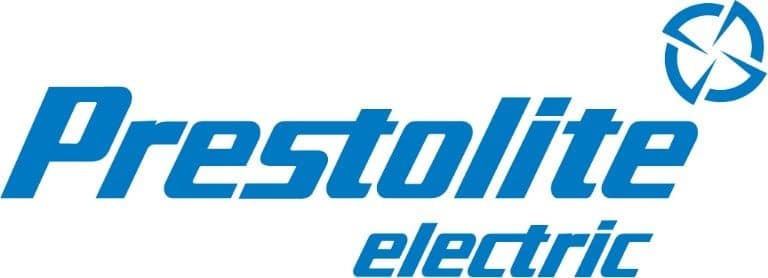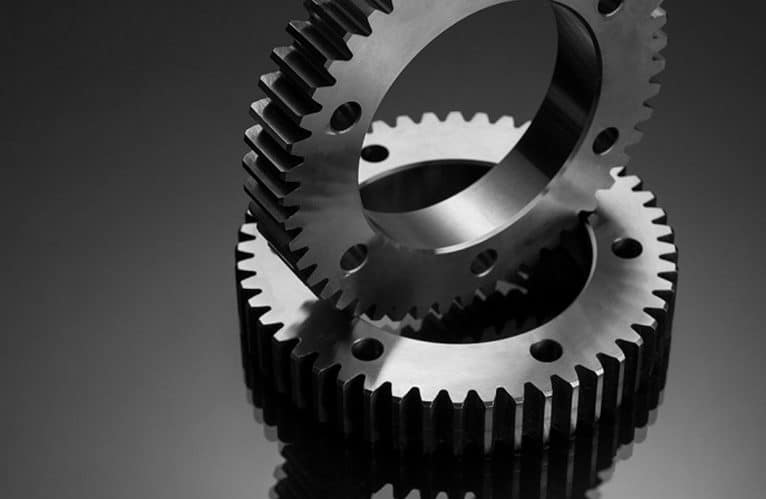30 years reliable customer service.
30 years of experience in manufacturing of gears is our argument for highest quality.
The EU market, as well as German and Austrian companies in particular, are taking up an increasing share of our products. Besides, meeting our regional business and individual customers’ demands, even the low-volume ones, is also a special priority as we intend to help them each solve their technical problems right from the design phase to the manufacturing phase.
By never abandoning their continuous vocational training, our specialists perform their work with 30 years’ professional and manufacturing experience. Speed and competitive prices are their trademarks
- highest qualtity
- customer satisfaction
- excellent time management
- competitive prices

Our services and disciplines in gear manufacturing.
Bei Aufträgen wird garantiert
- operational reliability with appropriately designed and precisely produced transmission designs
- the wide choice of materials for the gear produced from refined, for the nitride and case hardening steels suitable (hardened and ground gears with excellent accuracy IT) to polymer gears/li>
- if necessary by crack detection tested gears for maximum durability and safety
- the axes of all gears with carefully constructed storage with sliding or rolling bearings for the uniform and favorable load distribution
- Construction of gears with single, kompensierter- and general teeth
- Checking the viability of tooth surfaces including the calculation of life (even against pitting and hard drive
- Careful profile optimization to reduce a reduced noise level
- possible simply constructed and designed drive housing for easy mounting, precise manufacturing and integrated bearing formwork
- relaxed welds
- efficiency-optimized gear profile, leading to several thousand euros in electricity cost savings, reduced wear and reduced operating temperatures
- Elaboration of the construction documentation and depending on the agreement and the complete manufacturing documentation
- daily updated knowledge, flexibility and openness to new possibilities in the design and production
Many years of experience in the manufacturing of gears is one of our core competencies.
- straight toothed gears
- helical tooth gears
- arrow-toothed gears
- gears with internal toothing
- rack and cylindrical gear
Ranges:
module: from 0.3 to 14
diameter: 5 [mm] – 1500 [mm]
- straight toothed bevel gears
- helical toothed bevel gears
- spiral toothed bevel gears
ranges:
module: from 1 to 9
- hypoid gears
- screw gears
- cylindrical globoid worm drives
- evolvent
- cycloid
- handled sprocket wheel
- disc sprocket wheel
- sprocket wheel with hub
- sprocket wheel with spokes
- sprocket wheel with welded hub
- flat belt pulleys
- V-belt pulleys
- toothed belt pulleys
- key interlocks
- splined shaft – hub
- polygon shaft joints
- spline toothed shaft joints
- Spline tooth profiles:
- spline
- flute
- evolvent
- Key-way cutting
- Turning (conventional and CNC)
- Milling (conventional and CNC)
- Drilling
- Electric spark machining
- Jig boring
- pins, bores
- plane
- tooth
Reliable, precise fit, functional.
Our expertise in production enigineering is what distinguishes us.
Classification of gear drives
General
The most popular tooth profile is the evolvent, since it is easy to manufacture, control, the pair of gears is not sensitive to the change of shaft distance, the relative slip of the tooth profiles is low, having a positive effect on wear and heat generation.
The cycloid tooth profile is made up of tooth profile segments formed by the two auxiliary circles rolling outside and inside the base circle of origin, from the convex epicycloid head and the concave hypocycloid foot, therefore it is convex and concave tooth sides that are connected. Due to this, the tooth surface strength is higher than that of the evolvent tooth, and lower numbers of tooth can be employed, but because of the difficulty of grinding and controlling the manufacturing tools, it is almost exclusively the manufacturers of hydrodinamic machines (Root blower, pumps) and the watch industry that use them, apart from cyclo-drives.
Straight toothed external cylindrical gears
Helical and arrow-toothed cylindrical gears
Internal tooth gear drive pairs
The drive pair consists of an internal and an external gear where an external small gear is connected to the large internal gear. These are characterised by more favourable kinematic and force transfer conditions than external gear pairs, due to the lower surface loads provided by the convex-concave contact surfaces. Typically, these are subjected to lower mechanical stresses, characterised by higher efficiency, lower wear and friction, and a further advantage is low space requirement. Indispensable parts of modern, high power density epicycloidal gear drives.
Bevel gear pairs
Gear pairs with out-of-line axe
Similar to bevel gear pairs, but used for transmitting rotation between out-of-line shafts. An advantage over bevel gear pairs is that the dimensions of the small gear may be increased with a similar gear ratio, and the engagement factor is higher, therefore the tooth number of the small gear can be reduced further, increasing the gear ratio. For bevel gear drives, the smallest possible number of teeth of the small gear is 10, while for hypoid drives this is 5. Hypoid drives are mostly used in differentials of vehicles. The axis line of the small gear may be located under the axis line of the large gear, so the installation height of the propeller shaft may be reduced, bringing the center of weight down, improving the driving characteristics of the vehicle.
Screw gears are cylindrical gear pairs with external toothing, capable of transmitting power between non-parallel out-of-line shafts. In terms of tooth directions, we differentiate between helical toothing with identical or different inclination. The tooth surfaces engage point-like, therefore load is distributed over a very small area, even by taking flexible deformation into account. The slip between the tooth surfaces is relatively large, leading to heat-up and wear. The efficiency of such drives is low, therefore they can only be used for low-power drive systems. Applications areas are for example pump drives of internal combustion engines, speedometer drives, control purposes of machine tools.
Worm drives are used for transmitting power and movement between out-of-line shafts. In terms of their functions, we differentiate between “power transmission” and “kinematic” worm drives. For “power transmission” drives, the purpose is transmitting big power, while for “kinematic” drives this is the precise transmission of movement. With worm drives, it is possible to implement relatively large gear ratios, for reductors this is i=5-70, while for multipliers (where the worm gear drives) it is i=5-15. Worm drives are mostly used in the elevator industry, where the advantage is the large gear ratio implemented in small sizes, and that worm drives are usually self-locking, so they can be used as auxiliary brakes.
Gear manufacturing technologies
Manufacturing straight and helical tooth evolvent cylindrical gears
In profiling, a tool appropriate for the tooth groove processes the groove, this can be a disc cutter, cherry cutter or grinder disc. Wjen processing, the tool moves in parallel to the rotational axis of the gear under process on a route length identical to the tooth width, while the gear is stationary. After completing the tooth groove, the gear is indexed one tooth pitch by an index head, and another tooth groove is processed. When manufacturing helical toothing, the tool moves along a spiral relative to the gear.
During hobbing, the cutting edges of the tooth cutter tool envelope the surface of the rack. Three types of hobbing can be differentiated: hobbing, tooth planing with a chasing bar and tooth planing with a cutting roll. The most popular and at the same time most productive gear manufacturing process is hobbing. The sides of the rack forming the tooth grooves are mapped by the cutting edges on the helical surface of the hobbing tool during the relative movement of the cutter and the blank. These movements together may be regarded as if an infinitely long rack would be rolling over the workpiece, forming the gear. The accuracy of the process is increased by multiple cutting edges working at the same time during processing and due to the rolling action, the pitch is continuous. When tooth planing using a chasing bar, the tool performs alternating movements, and in terms of the gear under process it performs tangential and radial movements. In the meanwhile, the blank rolls along the rack of the chasing bar with a rotating movement. The radial movement persists until the required tooth depth is achieved. Tooth planing may be performed using a cutting roll as well. The gear blank performs a rotating movement, while the gear-shaped tool performs alternating and rotating movement and establishes the required tooth depth by moving towards the gear centre at the same time.These hobbing processes are suitable for making helical tooth gears as well, in these cases the tool must be inclined in the required tooth angle.
Manufacturing bevel gears
Manufacturing helical tooth bevel gears
Manufacturing worm drives
Quality, customer satisfaction, timely delivery and competitive prices are our guiding principles.
Durable products Quality and efficient cooperation with our partners guarantee maximum customer satisfaction.
Our primary goal is to continuously optimize products, production culture, competitiveness, product quality and personnel integration in our company, to meet the growing customer requirements at the highest level and thus to ensure complete satisfaction of all parties involved. We see this ambitious goal as a very important barrier to our sustainable economic success!
Environmental awareness and sustainability. The standard of our entrepreneurial activity.
We are committed to the prevention of environmental pollution and we continuously work on reducing our environmental emissions.






















Do you have questions, suggestions or would you like to tell us something?
Szada 2111
Ipari Park utca 20.
T: +36 1 435 01 97
F: +36 1 435 01 97
M: +36 20 936 44 16
info@modul-fogaskerek.hu



